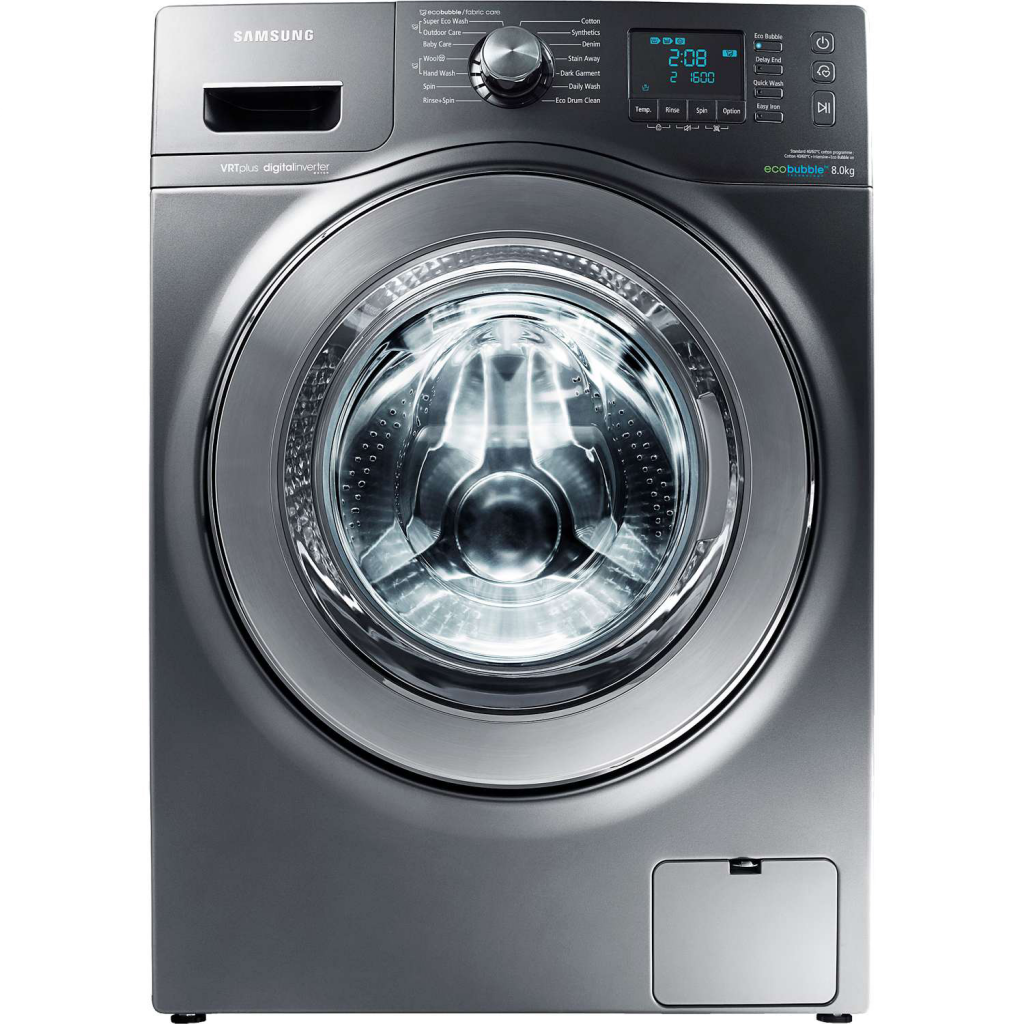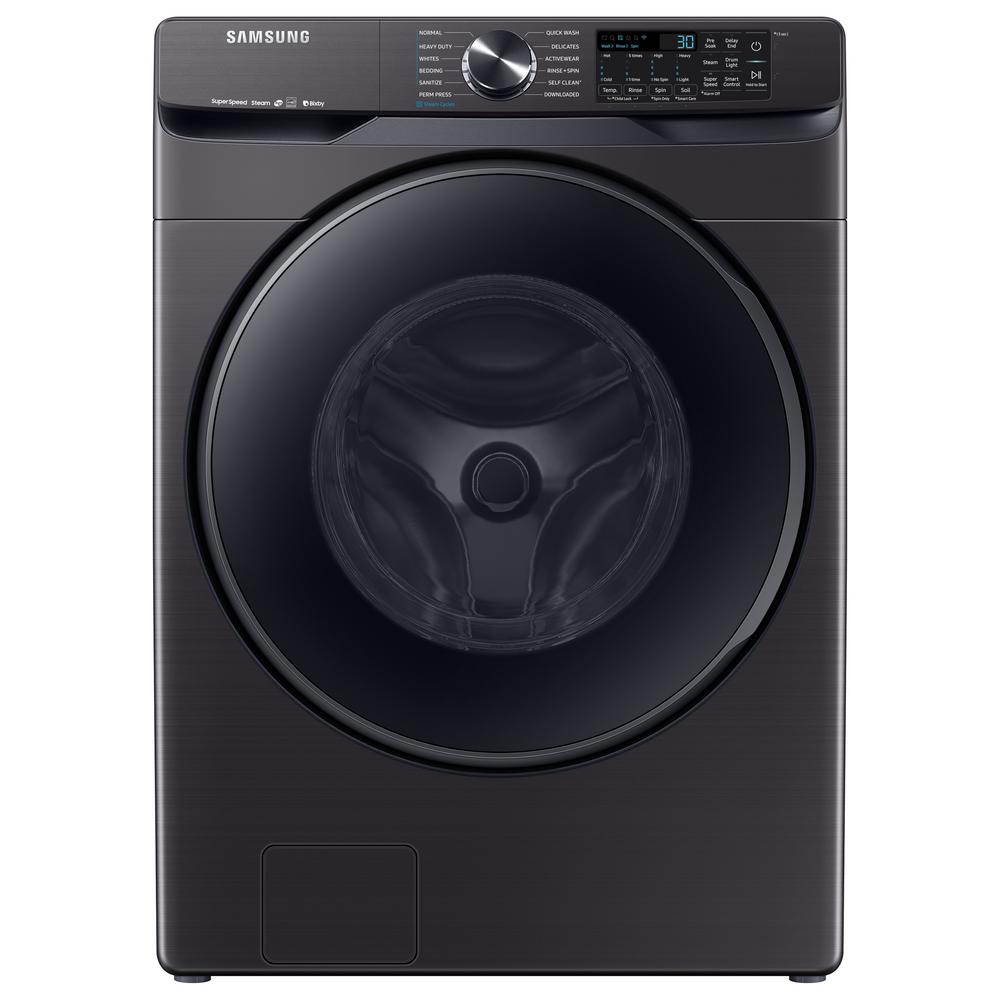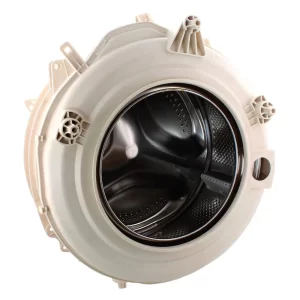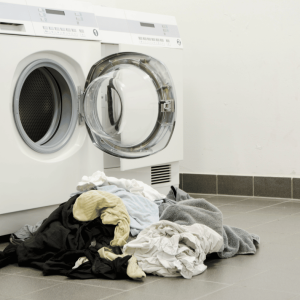How to Use a Samsung Washing Machine?
Using a Samsung washing machine may seem straightforward, but understanding its various features, settings, and maintenance requirements can enhance your laundry experience significantly. This guide aims to provide a comprehensive overview of how to use a Samsung washing machine, covering everything from settings to troubleshooting.
Understanding the Basics of Your Samsung Washing Machine
Before diving into the specifics of use, it’s essential to familiarize yourself with the fundamental components of your Samsung washing machine. Most Samsung washing machines have a similar design, with a few variations depending on the model. Here are the primary parts you’ll encounter:
Control Panel
The control panel is where you set the cycle, temperature, and options for washing your clothes. It usually features buttons, a display screen, and a dial for selecting various options.
Drum
The drum is where you load your laundry. Samsung washing machines often have a large capacity, allowing you to wash more clothes in a single cycle.
Water Inlet
This is where water enters the machine. Samsung models usually have multiple inlet valves for different water temperatures—cold, warm, and hot.
Detergent Dispenser
Your machine will have a compartment for detergent and fabric softener. This section will vary by model, so consult your user manual for specific details.
Drain Pump
The drain pump removes water from the drum after the wash cycle is complete. It’s crucial for preventing overflowing.
Preparing Your Laundry
Before using your Samsung washing machine, it’s essential to prepare your laundry properly. This step not only ensures efficient washing but also prolongs the life of both your garments and the machine.
Sorting Clothes
Sorting your clothes is one of the most critical steps. Group items based on:
- Color: Separate whites, darks, and colors to avoid color bleeding.
- Fabric Type: Wash heavier items, like towels and blankets, separately from lighter garments.
- Soil Level: Heavily soiled items should be washed separately with a more robust cycle.
Choosing the Right Detergent
Samsung washing machines are compatible with various detergents, including powder, liquid, and pods. Always opt for a detergent that suits your fabric type and soil level. For best results, follow these guidelines:
- Use HE (High-Efficiency) detergent for front-loading models.
- Measure the correct amount, following the manufacturer’s guidelines.
Checking Care Labels
Always check the care labels on your garments to determine the appropriate washing temperature and cycle. Some items may require hand washing or dry cleaning, and others may have specific temperature settings.
Loading the Washing Machine
Proper loading of your Samsung washing machine can significantly improve wash results and prevent damage.
How to Load
- Open the Door: Gently pull the door handle to open.
- Distribute Your Clothes: Disperse clothes evenly around the drum. Avoid overloading, as this can hinder the washing process.
- Add Detergent: Place the appropriate amount of detergent in the dispenser compartment.
- Close the Door: Ensure it is securely shut before starting the cycle.
Load Capacity
Each Samsung model has a specific load capacity, defined in pounds or kilograms. Adhere to these guidelines to avoid problems such as poor cleaning performance or machine damage.
Selecting the Right Wash Cycle
Samsung washing machines come equipped with multiple wash settings tailored for different types of laundry. Here’s a breakdown of the common cycles:
Normal Cycle
The standard option for everyday fabrics like cotton and mixed materials. Typically, it operates at a medium spin speed and moderate wash time.
Heavy Duty Cycle
Ideal for hefty items like towels or bedding. This cycle uses a longer wash time and stronger water agitation to ensure a deep clean.
Delicate Cycle
Designed for sensitive fabrics such as silk or lace. This cycle features slower spin speeds and gentler agitation to prevent damage.
Quick Wash
If you need clean clothes in a hurry, many Samsung machines offer a quick wash cycle that completes in about 15 to 30 minutes, suitable for light loads.
Bedding Cycle
A specific cycle for bulky items such as comforters and blankets. This cycle often includes more water and a slower agitation to ensure everything is cleaned effectively.
Rinse and Spin Cycle
This cycle is especially useful for rinsing out detergent from items before drying. It can also be used for refreshing items that may not need a full wash.
Adjusting Settings
Understanding how to use the settings is crucial for optimizing your laundry experience with a Samsung washing machine.
Water Temperature
The temperature of the water plays a critical role in cleaning effectiveness. Most machines will allow you to choose between:
- Cold: Good for delicate fabrics and colors that may bleed.
- Warm: Suitable for most garments and helps remove dirt without shrinking.
- Hot: Best for whites, heavily soiled items, or sanitary cycles but may fade colors.
Spin Speed
Spin speed affects how much moisture is left in your clothes after washing. A higher spin speed can lead to drier clothes but may be harsh on delicate fabrics.
Soil Level
Adjusting the soil level helps the washing machine gauge how much cleaning power to use. If you’re washing heavily soiled items, opt for a higher soil level.
Additional Options
Modern Samsung machines may have additional features including:
- Vibration Reduction Technology (VRT): Reduces noise and vibrations for quiet operation.
- Steam Cleaning: Helps to remove tough stains or allergens.
Starting the Wash Cycle
Once you’ve prepared your laundry, loaded your machine, and selected your settings, you’re ready to start the wash. Here’s how:
- Ensure the Door is Closed: Make a final check.
- Press the Start Button: Generally, it will illuminate to indicate that the cycle has begun.
- Monitor the Cycle: Some models come with a display that shows the current wash stage.
How to Pause or Cancel a Cycle
In some situations, you might need to pause or cancel the washing cycle. Here’s how to do it:
Pausing a Cycle
- Press the Start/Pause Button: This will stop the cycle temporarily.
- Wait for the Door to Unlock: Most models won’t allow you to open the door until the drum has stopped spinning.
Cancelling a Cycle
- Press the Cancel Button: This will usually erase the current cycle settings.
- Select New Settings: After cancellation, you can choose a different cycle if needed.
After the Laundry Cycle
Once the wash cycle is complete, it’s vital to follow a few steps to maintain both your clothes and your washing machine.
Removing Clothing
- Open the Door: Carefully open the door once it’s safe.
- Take Out the Laundry: Remove clothes promptly to prevent wrinkles and mildew.
Cleaning the Drum
Regularly cleaning the drum prevents odors and build-up. You can run a self-cleaning cycle if your model includes this feature, usually advised every one to three months.
Rinse the Detergent Dispenser
Remove and rinse the detergent dispenser regularly to prevent clogging and ensure effective washing.
Wipe Down the Exterior
Keep your machine looking new by wiping it down with a damp cloth to eliminate dust and detergent residue.
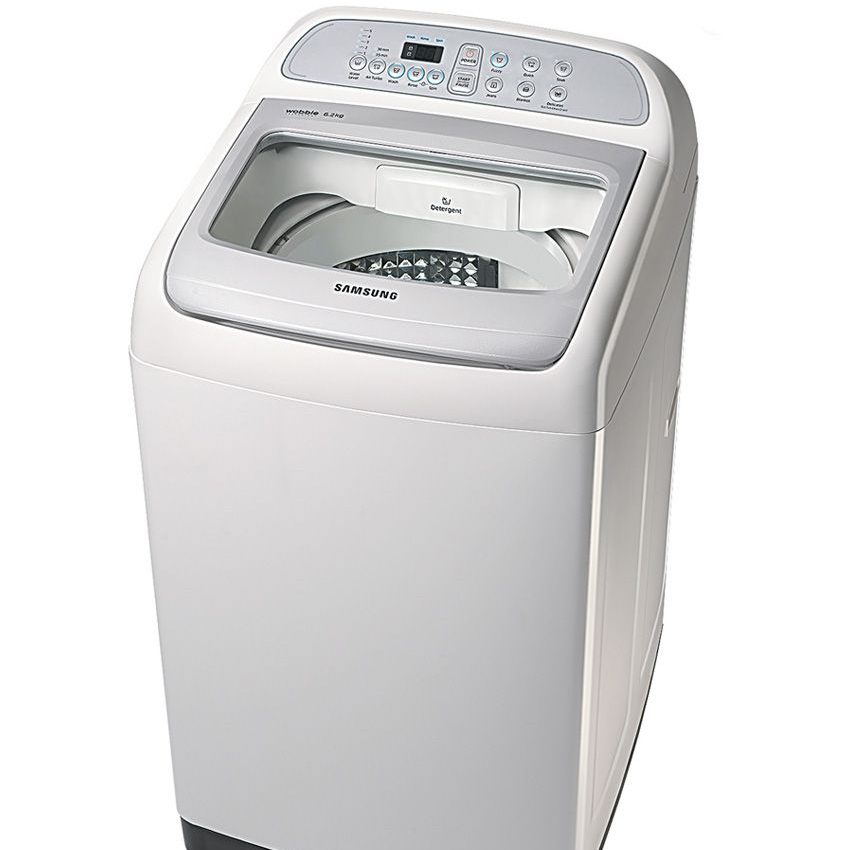 Troubleshooting Common Issues
Troubleshooting Common Issues
With any appliance, issues may arise. Understanding common problems can save you time and money. Here are a few frequent troubleshooting tips:
Washing Machine Won’t Start
- Check Power Source: Ensure the machine is plugged in and the outlet is functioning.
- Close the Door: The drum will not spin unless the door is securely closed.
Drainage Issues
If your Samsung washing machine fails to drain, consider the following:
- Check the Drain Hose: Make sure it isn’t kinked or blocked.
- Clean the Drain Filter: This filter can become clogged over time. Refer to your manual for instructions on accessing and cleaning it.
Excessive Noise
Unusual noises during cycles could indicate loose objects in the drum or an unbalanced load.
- Pause the Cycle: Open the door and check for anything caught in the drum.
- Balance the Load: Make sure items are evenly distributed before resuming.
Maintenance Tips for Longevity
Taking care of your Samsung washing machine will prolong its life and improve its performance. Here are some essential maintenance tips:
Regular Cleaning
- Run Hot Water Cycles: Occasionally run a hot water cycle without clothes to clean the interior.
- Wipe Down Seals: Regularly clean door seals and rubbers to prevent mildew.
Check for Leaks
Inspect hoses and connections periodically for leaks. Replacing worn hoses can prevent more significant issues down the line.
Follow Manufacturer’s Recommendations
Always adhere to Samsung’s guidelines in the user manual, including servicing advice and cleaning tips.
Conclusion
Now that you know how to use a Samsung washing machine—from loading your clothes to selecting the perfect wash cycle—you’re well-equipped to tackle your laundry efficiently. By understanding the various settings and routines, you can maximize the machine’s performance and extend its life. Your new skills will make laundry less of a chore and more of a seamless part of your daily life. Enjoy crisp, clean clothes with your Samsung washing machine!
